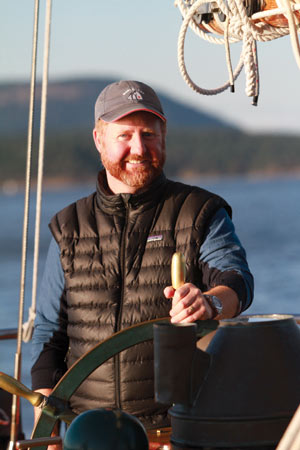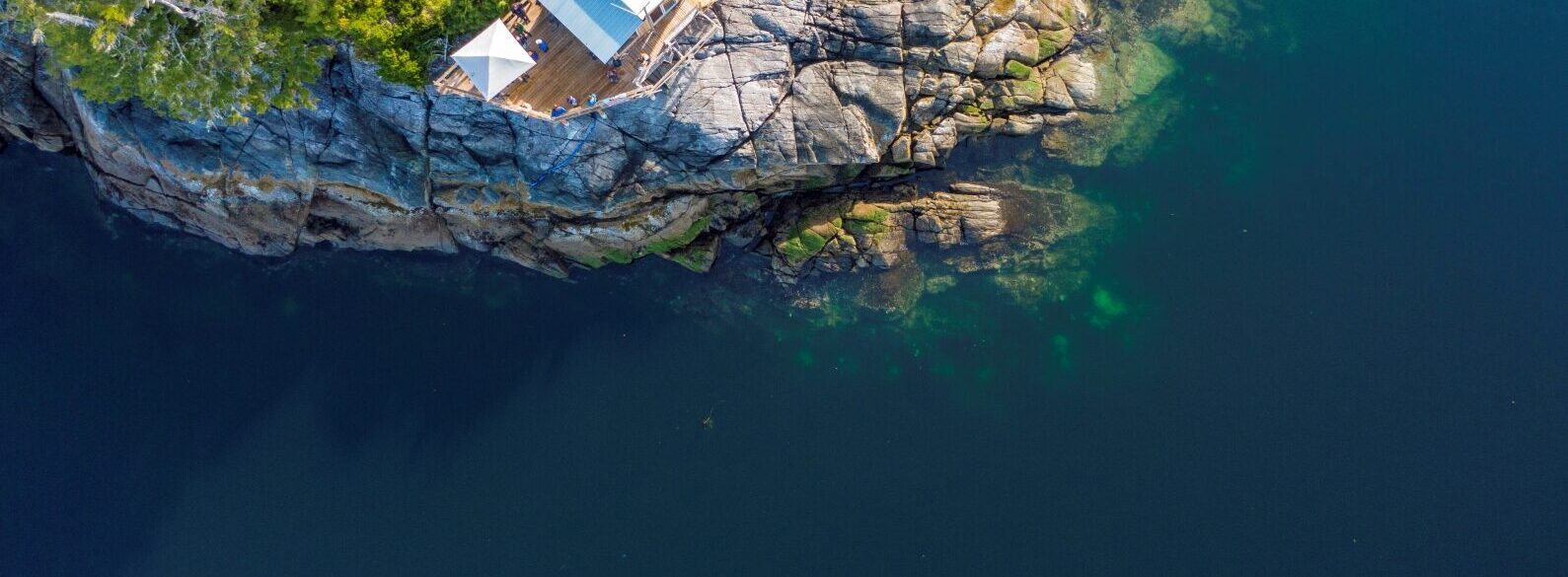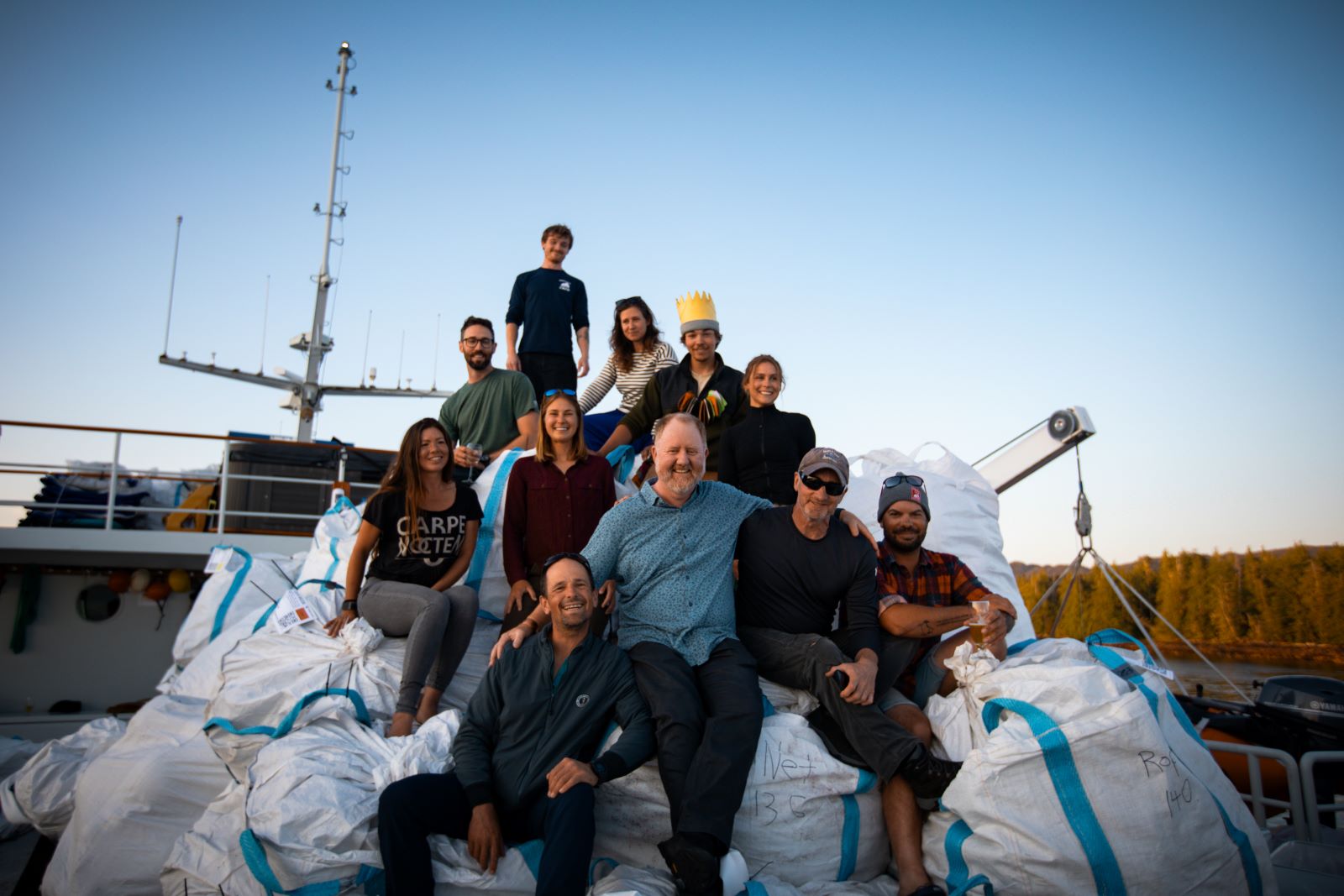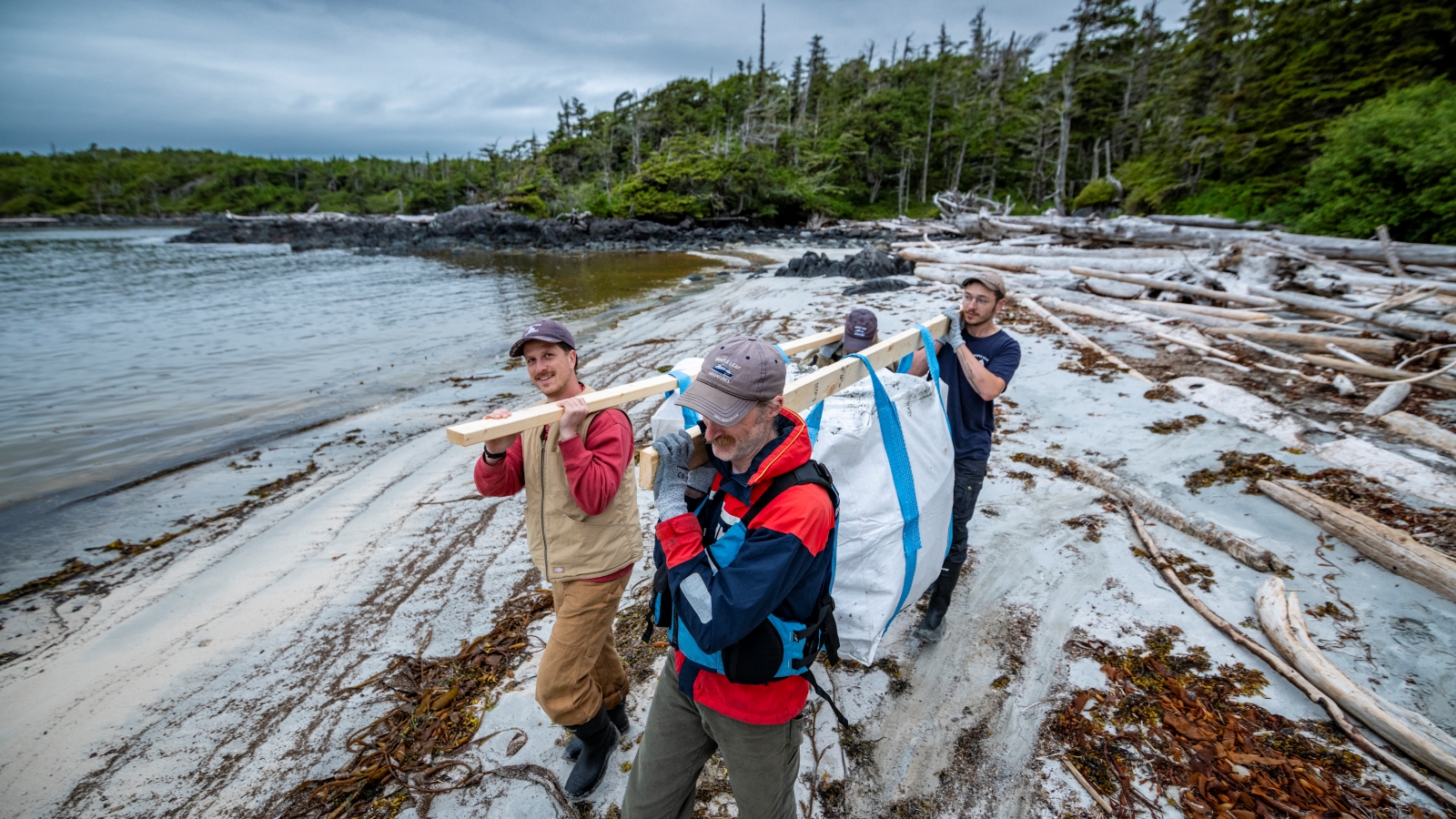
By Kevin Smith, CEO, October 2017
1. Committing long-term makes the best research and decisions possible
From my limited academic background as a geographer with a specialty in land-use planning, I understand that it’s really important to have long-term scientific research done. Long-term projects provide robust data, showing baselines or trends that annual variation can obscure in short studies. This is the information we need to make good decisions about the viability and future of ecosystems or species.
Some examples of these long-term studies in areas we operate include:
- Salmon-carnivore research in the Great Bear Rainforest: eventually this research will establish, among other things, a realistic population assessment for bears in British Columbia. Amazingly, we do not have an accurate number on this.
- Marine mammal survey on BC’s north coast: This project began with 3-years of transects in all seasons, creating the baseline data for marine mammals in northern BC. Again, until Raincoast did this work, we did not have these numbers. This project needs an update as marine mammal populations are undergoing change.
- Marine wolf project in the Great Bear Rainforest:
At Maple Leaf Adventures, we also understand that successive governments have been cutting funding for long-term studies in recent decades.
2. Organizations need to know they have multi-year funding
Why would an organization start a long-term project if they don’t know whether they can get the funding? I don’t believe that the best and most important work can be done without certainty.
Historically at Maple Leaf Adventures, while we have always given to conservation, our donations have been ad-hoc. When an organization had a need and we had money available, we stepped up to help.
Business needs certainty and so do science. With this funding commitment we hope to give some certainty.
3. Our guests and crew interact with Raincoast and their results every day
On our trips in the Great Bear Rainforest, as well as newly in the Salish Sea, we benefit from Raincoast’s work on our boutique expedition cruises:
- We meet researchers in the field, who give our guests the authoritative information about their work. Furthermore, all of our guides and guests are informed by the information Raincoast discovers during all of their projects.
- We view bears and wolves who are alive today because Raincoast bought out the right to hunt them for trophies.
- We explore beautiful, intact systems that Raincoast helped protect through their advocacy, education, policy advice and scientific research.
4. Raincoast does needed, top-quality work
Raincoast’s scientific work is accepted to the most prestigious, peer-reviewed scientific journals in the world. Each person we interact with at Raincoast is motivated by excellence and we have total confidence in the quality of their work, their methods and their decision-making process.
5. Raincoast’s conservation policies are informed by science and social values
Raincoast is a respected contributor to government and NGO policy. Team members are on government policy groups, as well as international monitoring groups and private initiatives like Patagonia Provisions. These excellent people provide clear, valuable data to these bodies in a professional manner. This matters because we need the research to be used to inform larger policy development process. Raincoast’s steller reputation gets them invited to these policy groups.
6. Raincoast recognizes and involves local communities
As a coastal-owned ecotourism company, we place a high value on local business and local community. Not only that, we recognize that we are operating in the traditional territory of coastal First Nations. It is important to us that Raincoast also shares these values. Raincoast’s projects in the Great Bear Rainforest include both scientists and community stewards who are interested in participating in the project and becoming the long-term stewards of the territory.
7. Adventure travel needs conservation, and conservation benefits from adventure travel done right
Adventure travel and conservation have a symbiotic relationship when both are done well. As the UNWTO recently said, “[Adventure travel] has the potential to reconcile economic and environmental concerns, and give practical meaning to sustainable development.”
Raincoast’s discoveries enliven our trips, by giving our naturalists even more great connections to a place. Raincoast’s advocacy and policy work protects where we operate, ensuring bears still walk their ancient trails, and ocean life still flourishes.
We and our guests and our colleagues in the industry support Raincoast both because we love our home and want to protect it, and also because it is our livelihood. We’ll be asking our guests if they’d like to contribute to an annual matching fund in order to double each annual contribution. And as the ecotourism industry grows on the BC coast, we expect to see more and more long-term commitments like this.
Ecotourism is here for the long-term, too.



